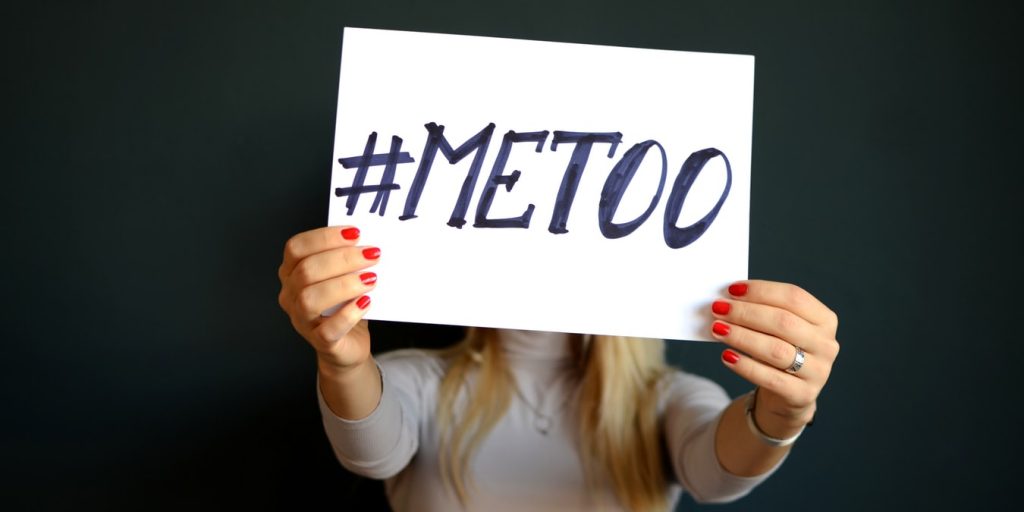Treading carefully
The #MeToo movement is of unprecedented magnitude, having spread quickly and widely through social media. It has featured the stories of survivors, from Olympic gold medalists and Hollywood headliners, to next-door neighbors. The movement has provided awareness of the ubiquity of sexual harassment in the workplace and daily life
In the wake of the #MeToo movement, employers are left wondering how to best protect their agencies from liability and employees from harassment. This article identifies three crucial steps employers can take to accomplish these goals.
Training
 Benjamin Franklin famously noted that “an ounce of prevention is worth a pound of cure.” Public employers should apply this principle in combating harassment in the #MeToo era.
Benjamin Franklin famously noted that “an ounce of prevention is worth a pound of cure.” Public employers should apply this principle in combating harassment in the #MeToo era.
Proper training is integral to prevention. Some states, like California, mandate that supervisory employees receive anti-harassment training; California recently expanded this training requirement to non-supervisory employees. But even if not legally mandatory, training can be a crucial tool for public employers. Training communicates the legal “dos and don’ts” and the public employer’s expectations with regard to the conduct of its employees, thereby facilitating awareness and compliance. In addition to being a powerful preventative tool, training may also provide a defense to liability in litigation, depending on state law. For example, in some jurisdictions, training can show that the employer took reasonable steps to prevent sexual harassment.
Sound policies and communication
 An agency’s anti-harassment stance sets the expectations and values for the workplace. The importance of a zero-tolerance policy cannot be overestimated. Such policies impress upon employees that no form of harassment will be tolerated, thereby helping to prevent actual violations of the law.
An agency’s anti-harassment stance sets the expectations and values for the workplace. The importance of a zero-tolerance policy cannot be overestimated. Such policies impress upon employees that no form of harassment will be tolerated, thereby helping to prevent actual violations of the law.
The public employer should clearly and consistently communicate applicable laws, policies and procedures, as well as expectations and consequences for failing to meet those expectations to its employees. Communication through distributing and conspicuously publishing state and federal rules and regulations regarding sexual harassment serves as a reminder of the public entity’s strong anti-harassment stance.
Accurate documentation is a critical component of communication. If the public employer provides training and education regarding sexual harassment to its employees, a copy of the certificate of completion should be kept in the employee’s personnel file. Likewise, all counseling sessions should be diligently and contemporaneously documented.
Action
Public employers should promptly take action upon receiving a harassment complaint. This is the case even if the complainant does not use the word “harassment.” Once inappropriate conduct is brought to the employer’s attention, the onus is on the employer to investigate and take corrective action. There is nothing to gain – and potentially a lot to lose – from waiting to take action until an employee uses the correct buzzword.
An investigation must be prompt and thorough, as it is indispensable to assessing the facts, as well as a critical tool for early assessment of the agency’s potential liability. It is also a critical communication tool that conveys to employees that their complaints are heard and taken seriously, whereas the absence of an investigation sends the opposite message. Moreover, a lack of investigation or subpar investigation may show that the public employer has failed to take corrective action and thereby constitutes a violation of federal or state law.
The second step is to evaluate the findings of the investigation. An agency should ensure that the report is complete, unbiased, and follows best practices and any internal investigation policies the agency has. The agency’s third and final step in the event of sustained findings is to take appropriate corrective action designed to prevent or stop the harassment. Appropriate corrective action can include, but is not limited to, discipline, training and job reassignment.
The agency should have an internal conversation about what steps they can take to prevent harassment in the workplace in the wake of the #MeToo era. We can expect more employees to report misconduct, and this should be viewed as an opportunity to put a stop to this insidious and unproductive workplace behavior. The three steps identified herein are a good way to start the dialogue at your agency, as they are three indispensable steps to take on your path toward a safer workplace.
Morin Jacob is the Managing Partner of Liebert Cassidy Whitmore’s San Francisco office and Emanuela Tala is an Associate in the firm’s Los Angeles office. They can be contacted at [email protected]/ 415-512-3000 and [email protected]/ 310-981-2000 respectively. Liebert Cassidy Whitmore provides legal and training services to more than 80 percent of California’s cities and counties.





















For a major US City, there’s quite a few #METOO victims in City of Houston workplaces, where the DOJ last year (2018) has filed a multi-million dollar lawsuit against numerous departments –particularly FIRE and HUMAN RESOURCES–for allowing sexual abuse, of dozens of female employees party to the suit, while denying “equal pay for equal work” accomplished by both women and the LGBTQ community, also parties to the DOJ suit. Arguably, this 4th largest American city might at the moment remain the most biggest, most sexist urbanity. Like the State of North Carolina, the City of HOUSTON enacted a voter approved referendum denying LGBTQ residents equal service deliveries and access to tax-paid public facilities. But no one actively boycotted Houston as did the national business community, public officials and advocacy groups did with North Carolina.